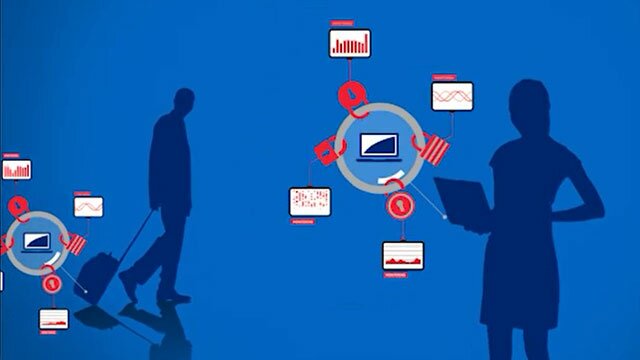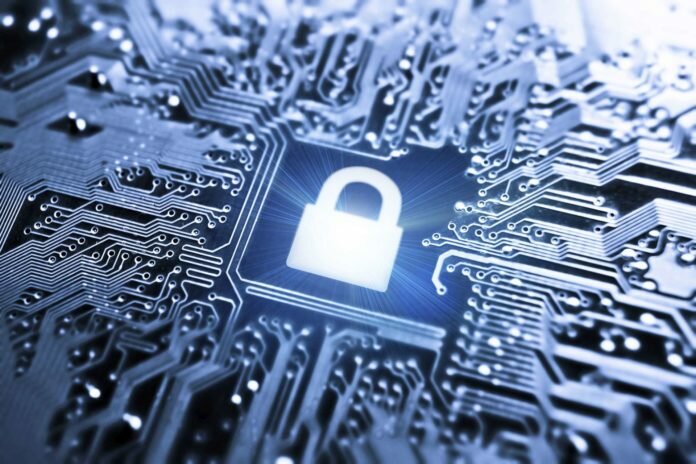Installation of SinFP3 under Debian/Ubuntu may be a bit tricky. They decided to rename one of the best low-level-hiding-thingy library initially called libdnet. Under these Linux distributions, the new name is libdumbnet. We will explain in this guide how to install SinFP3 on a fresh Debian/Ubuntu installation.
Installing required C libraries and development headers
First things first, you have to install libpcap and libdnet libraries and headers. Other libraries and headers are also required, like libexpat.
# aptitude install libdumbnet1 libdumbnet-dev libpcap-dev libexpat-dev
Installing Net::Pcap and Net::Libdnet
Net::Pcap should be straightforward to install. For later use, you must also install Class::Gomor:
# aptitude install libnet-pcap-perl libclass-gomor-perl
For Net::Libdnet, you have to do it manually:
# cd /tmp # wget http://search.cpan.org/CPAN/authors/id/G/GO/GOMOR/Net-Libdnet-0.97.tar.gz # tar zxvf Net-Libdnet-0.97.tar.gz # cd Net-Libdnet-0.97 # patch -p0 < ubuntu-new.patch # perl Makefile.PL && make && make test && make install [..] Installing /usr/local/bin/dnet.pl Appending installation info to /usr/local/lib/perl/5.14.2/perllocal.pod
You should have a working installation of Net::Pcap and Net::Libdnet, the base tools on which SinFP3 relies on.
Finalizing the installation
You did the hard part, to finish it is just a matter on launching a single `cpan’ command. You can answer all prompts with the default value.
# cpan Net::SinFP3 [..] Installing /usr/local/bin/sinfp3.pl Installing /usr/local/bin/sinfp3.db Appending installation info to /usr/local/lib/perl/5.14.2/perllocal.pod GOMOR/Net-SinFP3-X.YZ.tar.gz /usr/bin/make install -- OK
You can now fire SinFP3 by using `sinfp3.pl’ command. Happy fingerprinting to you. Ah, don’t forget to update the database:
# sinfp3.pl -db-update -verbose 1







